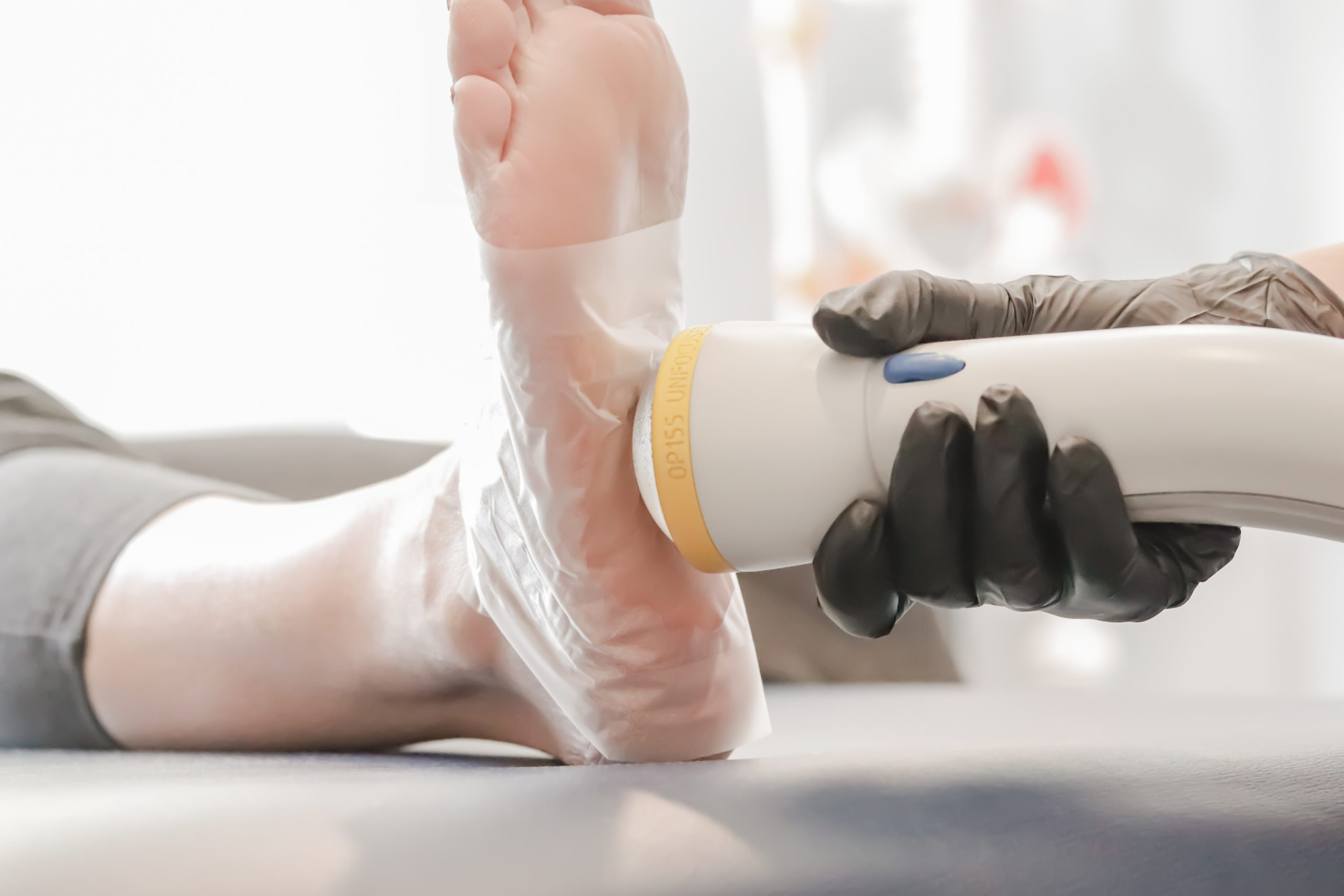Successful Providers are staying ahead in a declining reimbursement environment by adopting SoftWave’s non-invasive solution.
SoftWave is used at leading national and international research and medical centers as well as professional sport organizations including: MLB, NFL, NBA, NHL, MLS, NCAA, PGA, USGA, USATF, WNBA, Premier League, and UFC.
SoftWave’s patented broad-focused applicator design makes it possible to spread energy to a large area of both superficial and deep tissue soliciting a biological response to the target area to initiate the body’s natural healing process.

With quick treatment times and easy operation, it seamlessly integrates into care plans. As a non-invasive solution, SoftWave requires no injections, drugs, or surgery, making it a comprehensive and versatile option for wound care.
The procedure typically lasts 10-15 minutes depending on the injured area. During the treatment, the clinician carefully moves the applicator with its flexible elastic membrane over the targeted area. Patient biofeedback enhances accuracy and precision ensuring the therapy is concentrated exactly where it is needed, leading to improved patient outcomes.
SoftWave offers on-site personalized training ensuring everyone is fully equipped and confident in administering SoftWave treatments. With hands-on guidance and support, your team can maximize efficiency and patient outcomes from day one.
Fast and easy to use
Used in an office/wound clinic/outpatient setting
Mobile unit fits seamlessly within wound care clinic
Does not require a sterile environment
Average treatment time is less than 10 minutes
Once-a-week treatment
Faster wound healing than standard of care
Non-invasive
Adjunct therapy can be used alone or in combination with other Advanced Wound Care
Decreases complications and amputation rates
FDA cleared to treat DFUs and superficial partial thickness second degree burns
Reimbursement Pathway with CPT codes 0512T and 0513T
Less costly than HBOT, NPWT, Skin Substitutes